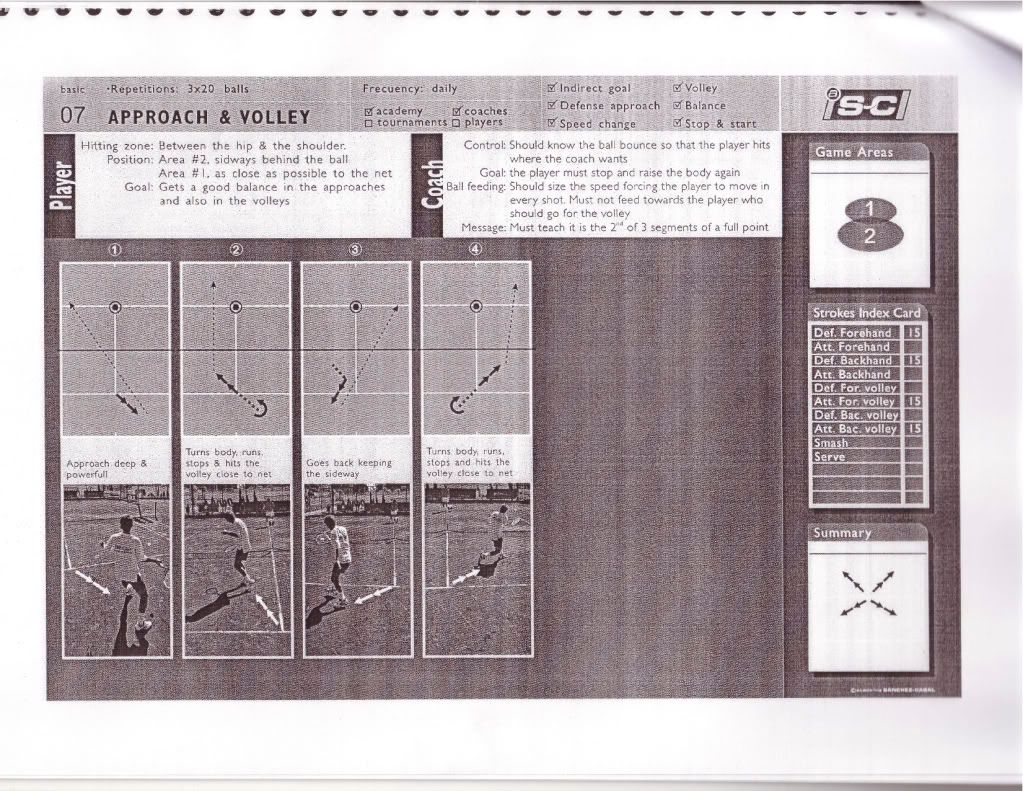tennis_balla
Hall of Fame
Ok, so the last thread where I posted this got deleted so I'm gonna try again to put this up for others to see. This is Luis Mediero of RPT Europe doing a seminar on Spanish training methods and philosophies a few years ago. Its not the whole video, just a portion of it. Enjoy 
Part 1
http://www.youtube.com/watch?v=6Aj8jYfKqio
Part 2
http://www.youtube.com/watch?v=rHd0kMBdGkE
Part 3
http://www.youtube.com/watch?v=nfH_KB63k44
Part 4
http://www.youtube.com/watch?v=pCcb_sYn7dA
Edit:
Two more videos uploaded, these are a few of the on-court drills presented in the video in connection to what was being discussed/lectured earlier.
RPT Drills Part 1
http://www.youtube.com/watch?v=5xo0ffkh-Z4
RPT Drills Part 2
http://www.youtube.com/watch?v=DqCfLhWVaAE
Edit 2:
Links fixed
Part 1
http://www.youtube.com/watch?v=6Aj8jYfKqio
Part 2
http://www.youtube.com/watch?v=rHd0kMBdGkE
Part 3
http://www.youtube.com/watch?v=nfH_KB63k44
Part 4
http://www.youtube.com/watch?v=pCcb_sYn7dA
Edit:
Two more videos uploaded, these are a few of the on-court drills presented in the video in connection to what was being discussed/lectured earlier.
RPT Drills Part 1
http://www.youtube.com/watch?v=5xo0ffkh-Z4
RPT Drills Part 2
http://www.youtube.com/watch?v=DqCfLhWVaAE
Edit 2:
Links fixed
Last edited:

